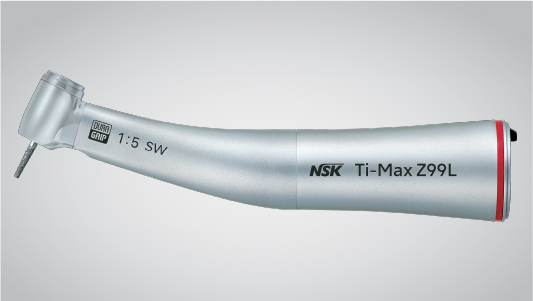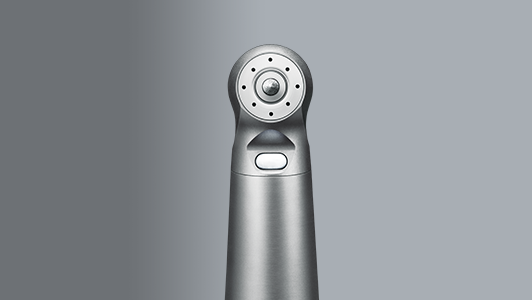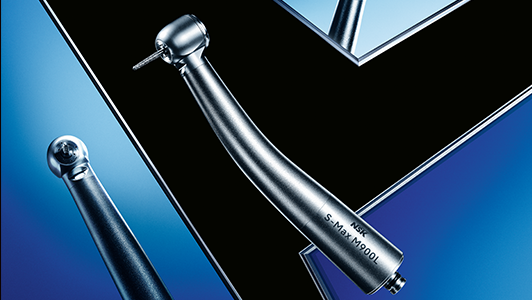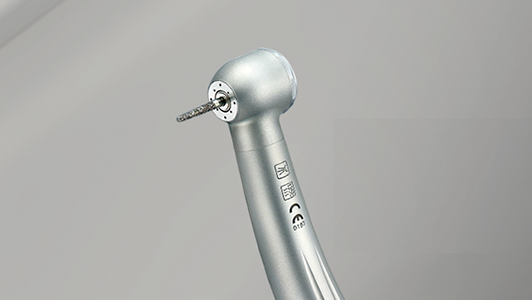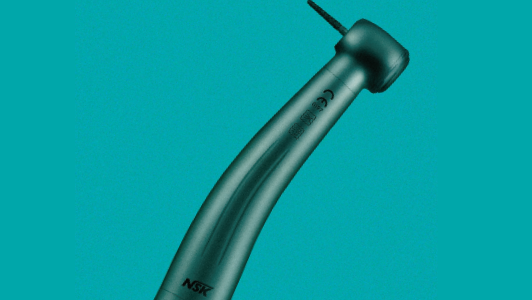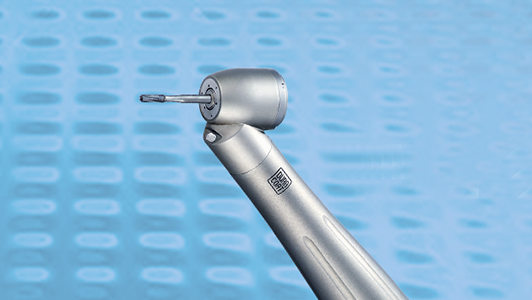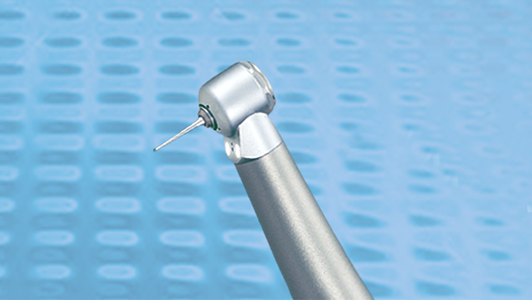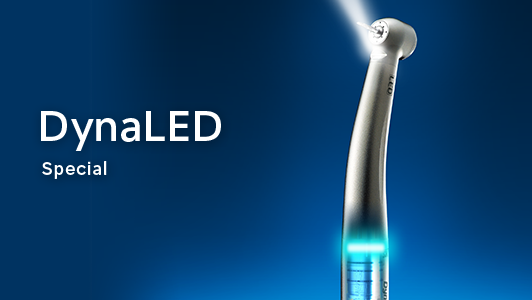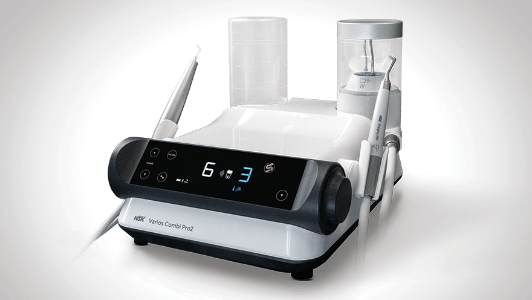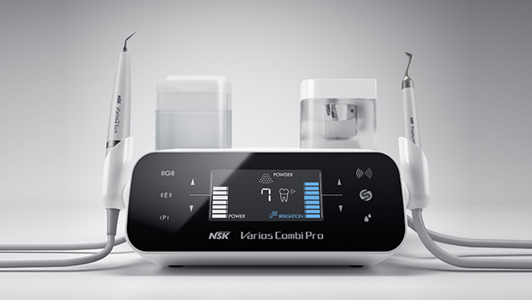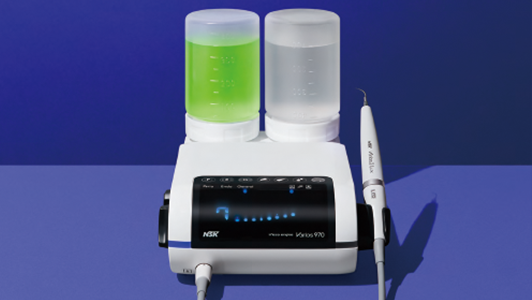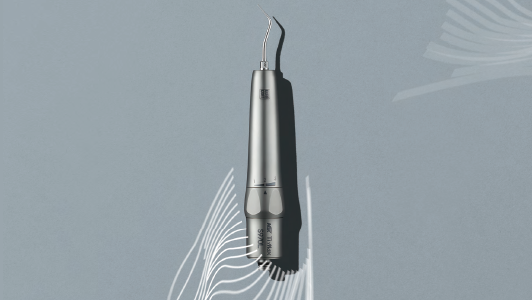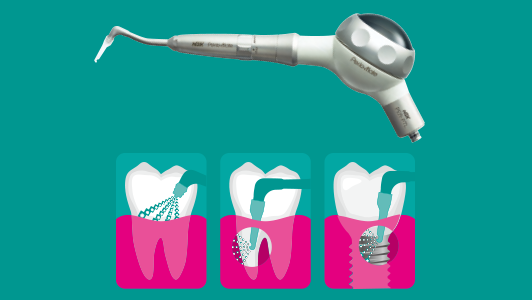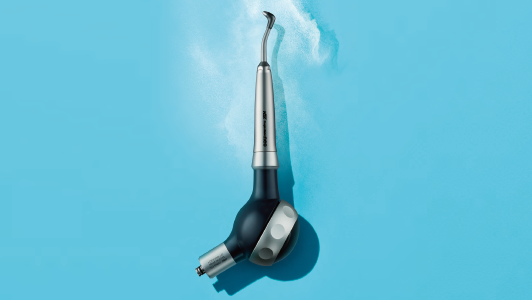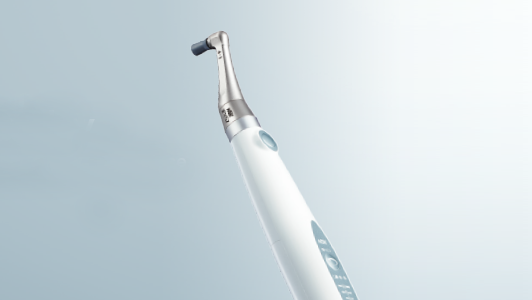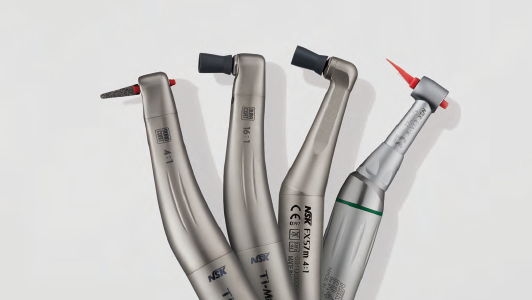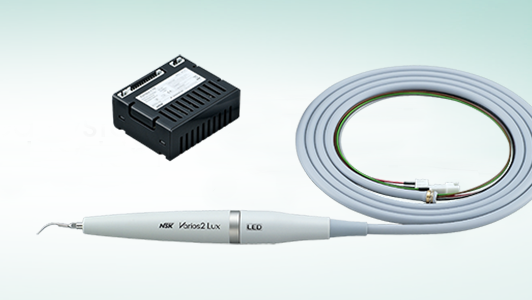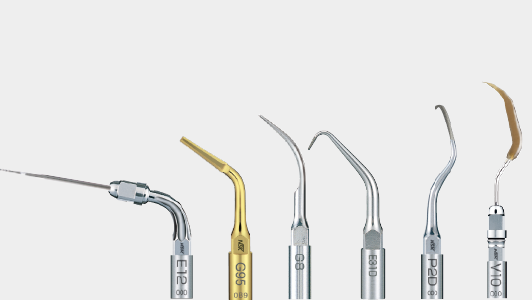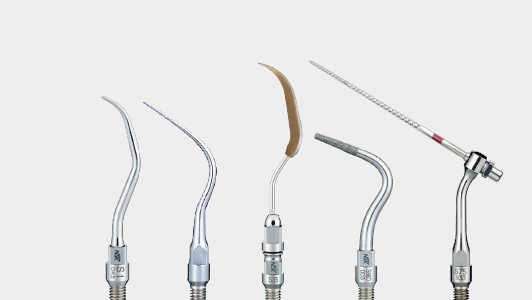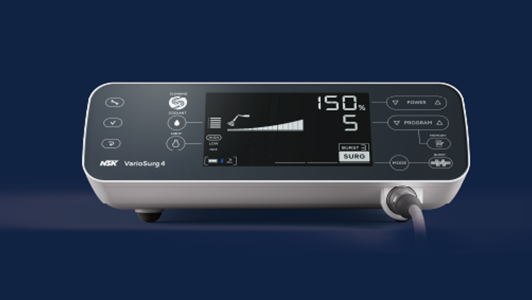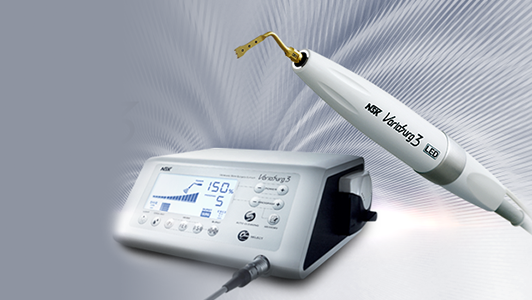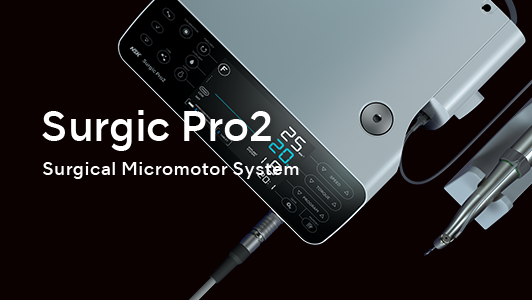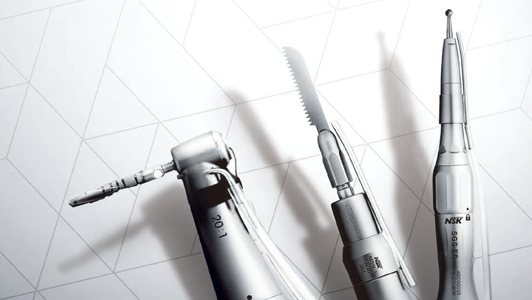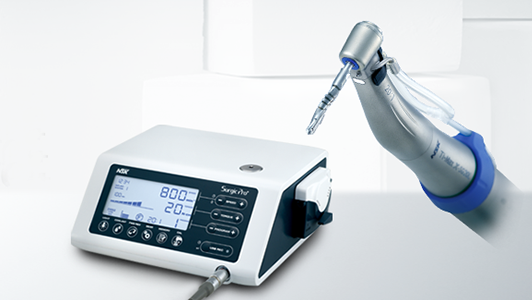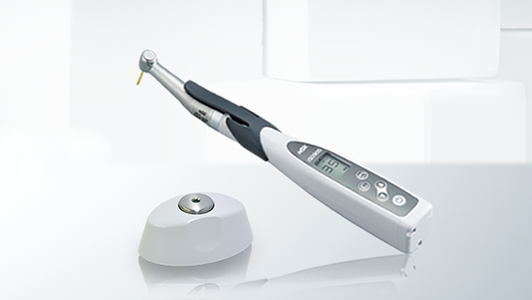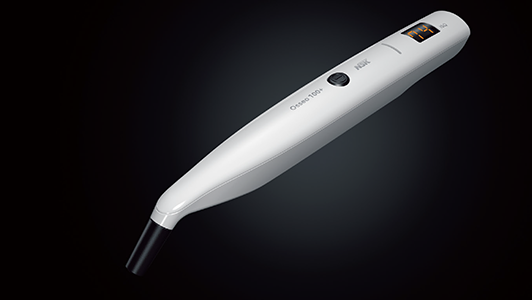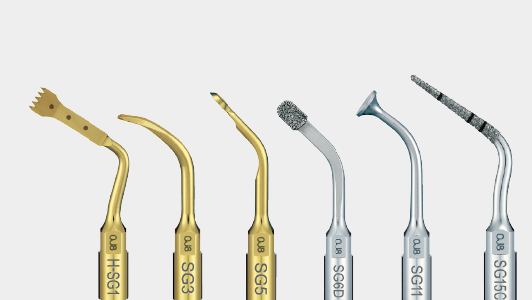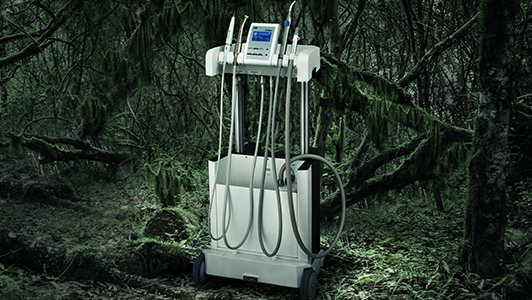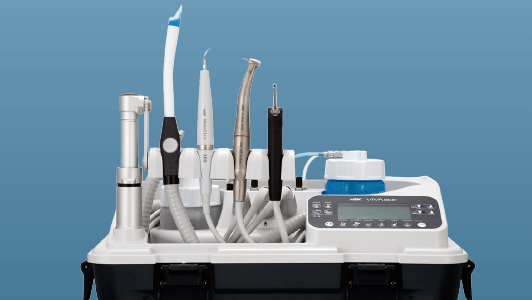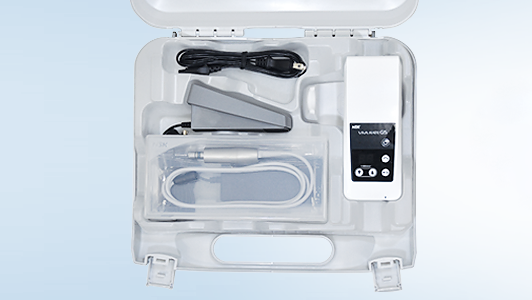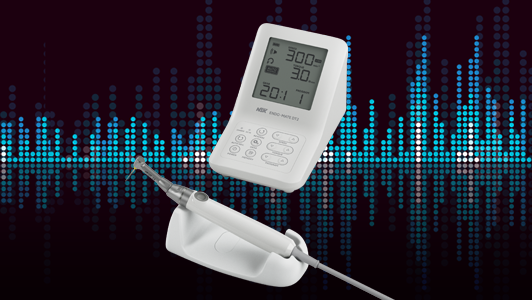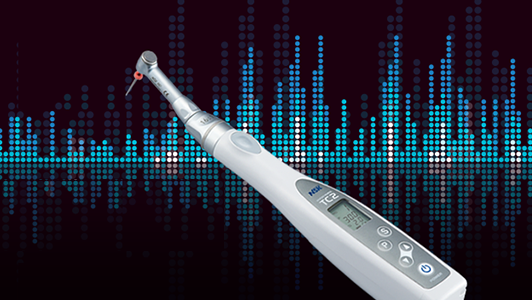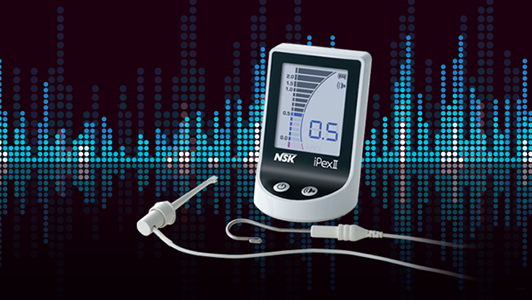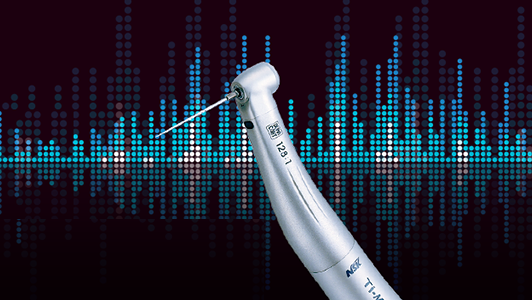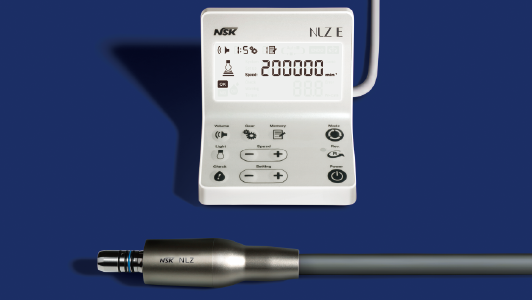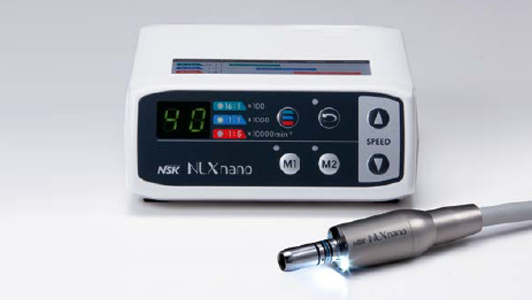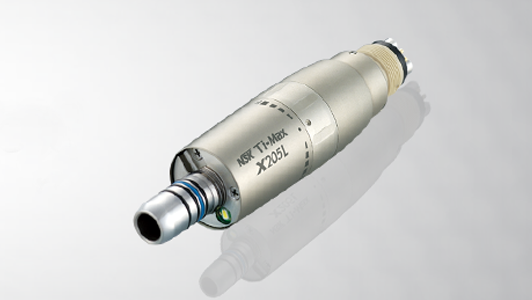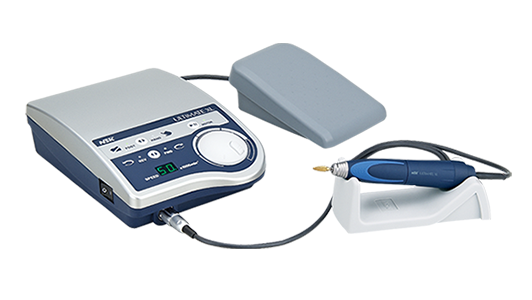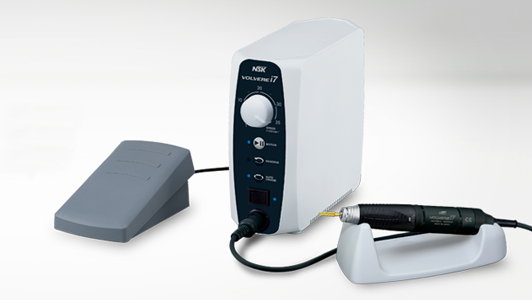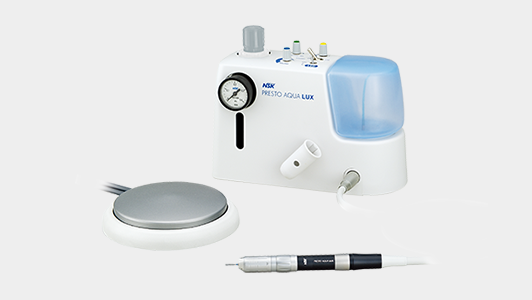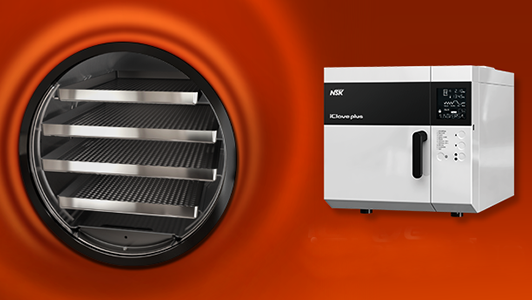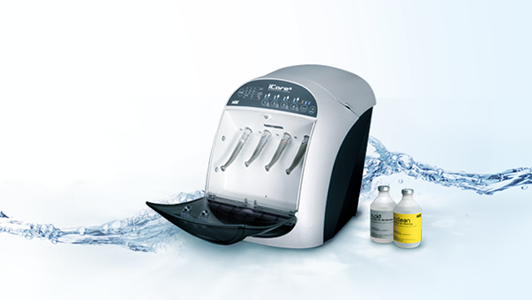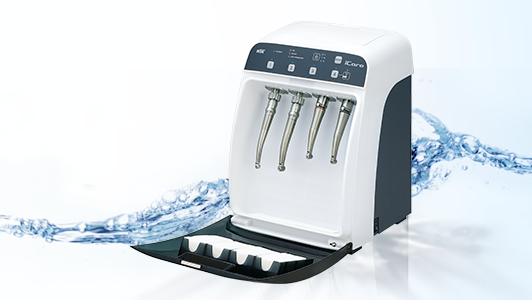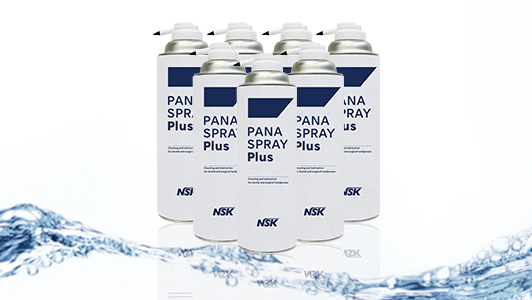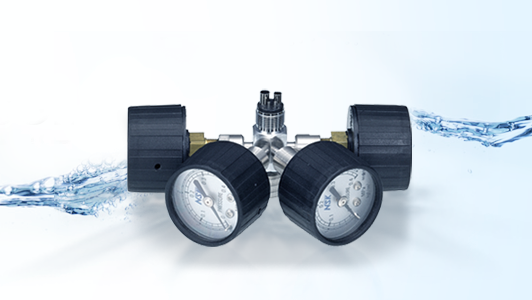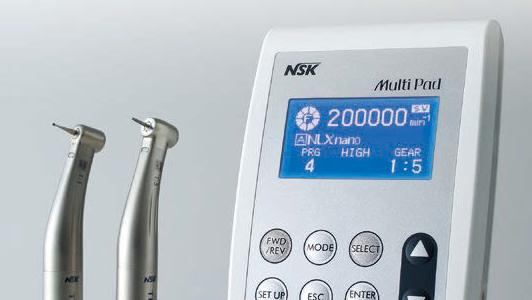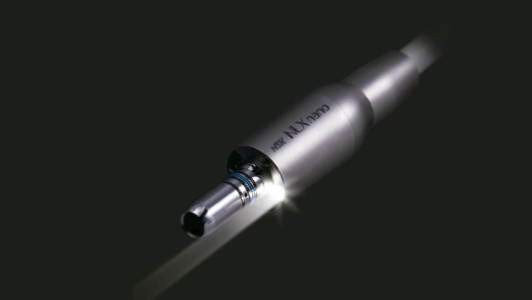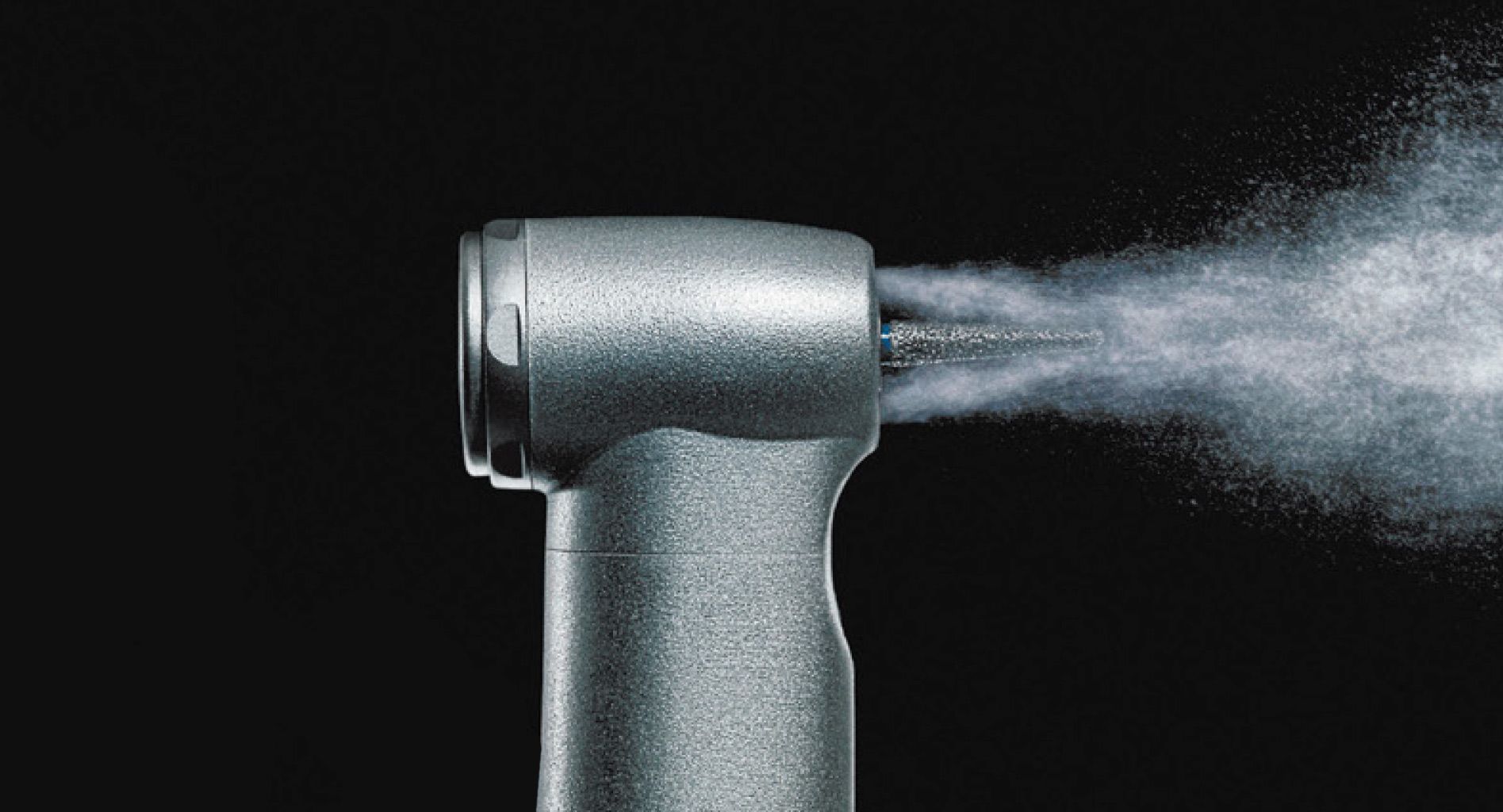
Concerning results from the UK’s largest dental handpiece infection control survey
Last month FMC conducted the largest dental handpiece infection control survey ever undertaken. The results are in, and they make compelling reading, highlighting the disparities amongst dental practices in the UK
Handpieces are one of the most used and valuable tools a dentist has. Yet a handpiece is a loaded gun when it comes to infection.
Handpieces are heavily contaminated with saliva, blood products and tissue regularly. It is easy to see the external contamination on a handpiece after surgery, but what is happening on the inside?
Several studies as far back as 2013 have shown that many dental practices are unaware of the risk of contamination and of the correct methods to mitigate the risk. Hundreds of practices took part in an FMC survey sponsored by Aura Infection Control, specialists in dental decontamination products and services.
The survey was also supported by NSK and the Society of British Dental Nurses.
Lifespan of a handpiece
There are a lot of handpieces out there. On average, each practice that took part in the survey had 24 handpieces and each practice had just over four handpieces per dental unit. While some surgeries invested in modern equipment, many have not and were still using old handpieces.
The average age of the oldest handpiece in use was found to be a little over eight years old and many surgeries reported still using handpieces that were over 20 years old.
Alexander Breitenbach, managing director of NSK, said: ‘As long as handpieces are correctly looked after and regularly serviced, they don’t have a limited life. ‘The desire to benefit from new materials and features is the driving factor why anybody would change or upgrade.’
Interestingly, one in 24 respondents had no idea how old their handpieces were. Non-vacuum autoclaves are not designed to process hollow instruments such as handpieces.
Research has shown that the process is ineffective. Manufacturers recommend handpieces are sterilised in vacuum cycles. However, the survey said that a disturbing 40% of practices were using non-vacuum autoclaves.
Knowledge gap
The survey highlighted a huge gap in the knowledge of effective handpiece maintenance. Only half of the practices surveyed have ever undergone handpiece maintenance training. This is despite such training being readily available.
Aura’s managing director, Laura Edgar said: ‘Things are improving. ‘We have seen a huge increase in demand for our ECPD training on handpiece maintenance.’
Fiona Ellwood, president and executive director of the Society of British Dental Nurses, added: ‘From a patient safety perspective, it is important that structured and time allocated specific training is scheduled and actioned for all team members. It should be part of induction and continued training and, for those undertaking decontamination processes, within decontamination units. It should be part of core learning and part of ECPD.’
Handpiece repair and service
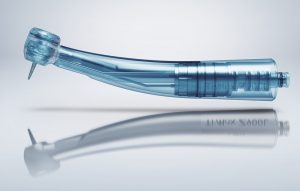 The survey highlighted a huge demand for more information on handpiece cleaning, maintenance and protocols. Almost two thirds of
The survey highlighted a huge demand for more information on handpiece cleaning, maintenance and protocols. Almost two thirds of
respondents said they wanted to know more. ‘It’s a really encouraging response,’ said Laura. ‘It confirms what we already knew; that dental professionals care passionately about the health and wellbeing of their patients and when they understand there may be a risk posed by the internal lumens of a handpiece, they want to know how to address it.’
Handpieces should be repaired or serviced depending on the amount of use they get.
‘With the correct care and maintenance procedures in place, handpieces will last until they are mechanically worn and need service,’ said Alex. ‘Premature failure is related to poor and inconsistent care and maintenance procedures, using the wrong cleaning and disinfection agents but also the result of poor quality and/or worn burs. Using incompatible cleaning and disinfection agents can also have a detrimental impact on autoclaves.’
However, the survey showed that on average they are being sent off every two months and three weeks. With the correct care and maintenance, the frequency of handpieces being sent away should lessen.
Again, there was a huge disparity amongst respondents, on this occasion in timescales. Eight per cent of practices were sending their handpieces off monthly and 8% had never sent a handpiece away to be repaired.
Effective cleaning
One of the most effective ways to clean a handpiece internally is to use a washer-disinfector. Yet only one-third of practices use them. Space and cost have been a factor in the past, but modern design and technology have seen the development of smaller and less expensive models.
An alternative to a washer disinfector would be NSK’s iCare+, which works to the same standard as washer disinfectors but uses chemical rather than a combination of chemical and thermal disinfection. With the process being controlled by the handpiece manufacturer it is fine tuned to maximise the performance and longevity of the handpieces rather than purely compliance with a standard.
Not all handpieces can be processed in washer-disinfectors but those that can benefit from internal and external cleaning and disinfection before sterilisation.
For those that can’t, a manual method using the WL system gives the same level of cleaning and disinfection. NSK iCare+ incorporates the same WI system.
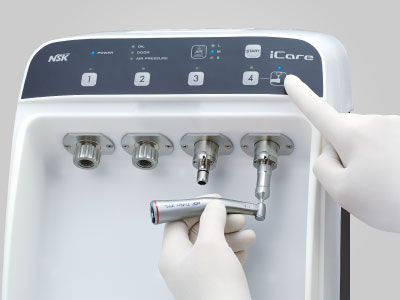
Modern automated handpiece cleaning systems are also an effective way to clean a handpiece internally. Exactly half of the practices surveyed said they used an automated handpiece cleaning system. And interestingly, such systems were perceived to offer the most effective cleaning.
Alex said: ‘Mechanical care and maintenance units like iCare and iCare+ have the big advantage of guaranteeing consistency of the process. Unlike other products in the market, the NSK iCare and iCare+ move the gears of handpieces during the process which makes the procedure more effective.’
The most common method of cleaning a handpiece internally was manual cleaning and disinfection via a pressurised can (not a lubricant) with almost two-thirds of practices using this method. Some practices use more than one method.
It’s fair to say that the dental industry recognises its lack of knowledge when it comes to the correct way to prevent and control infection and when it comes to cleaning and maintaining that vital tool, the dental handpiece.
